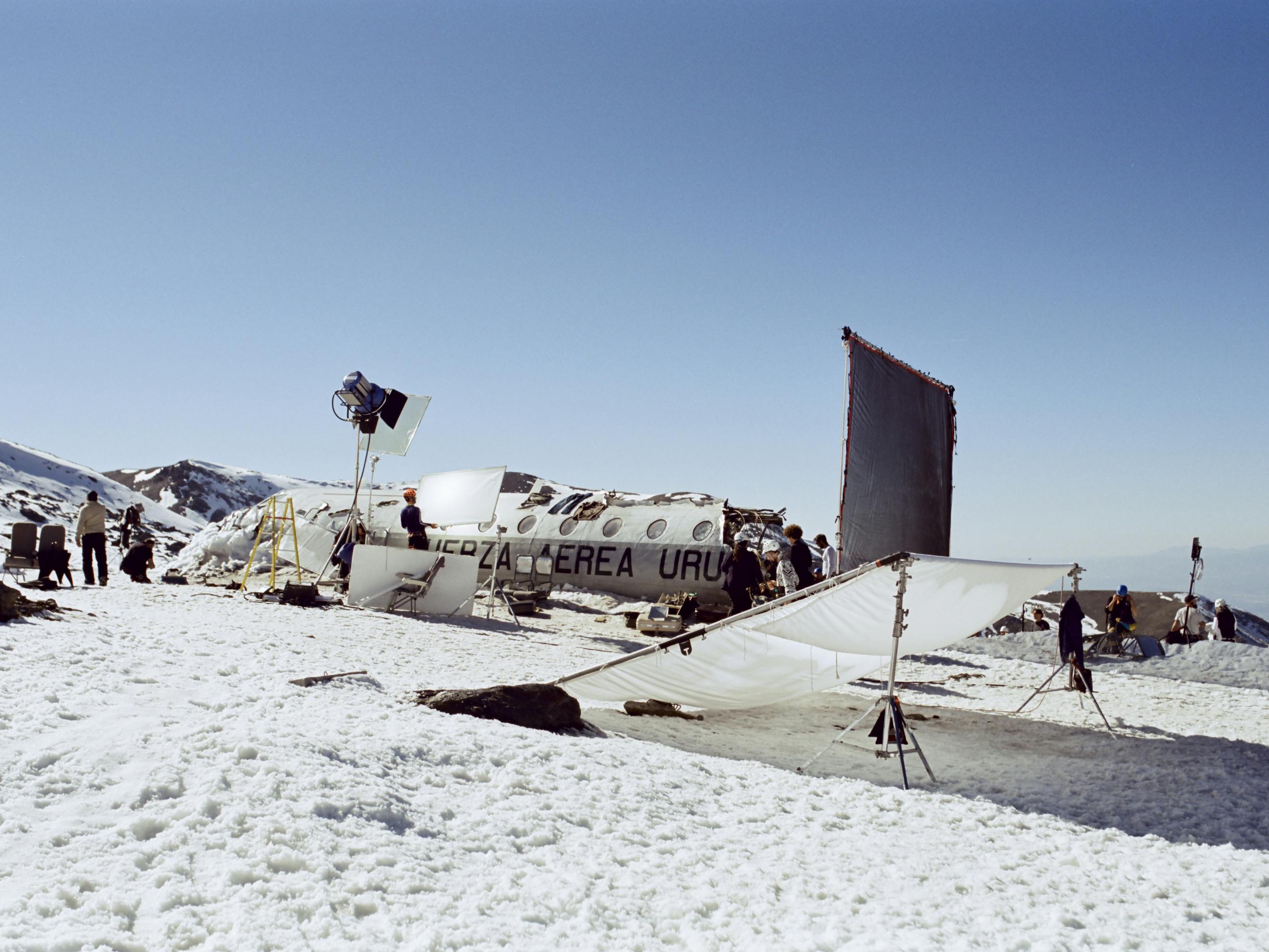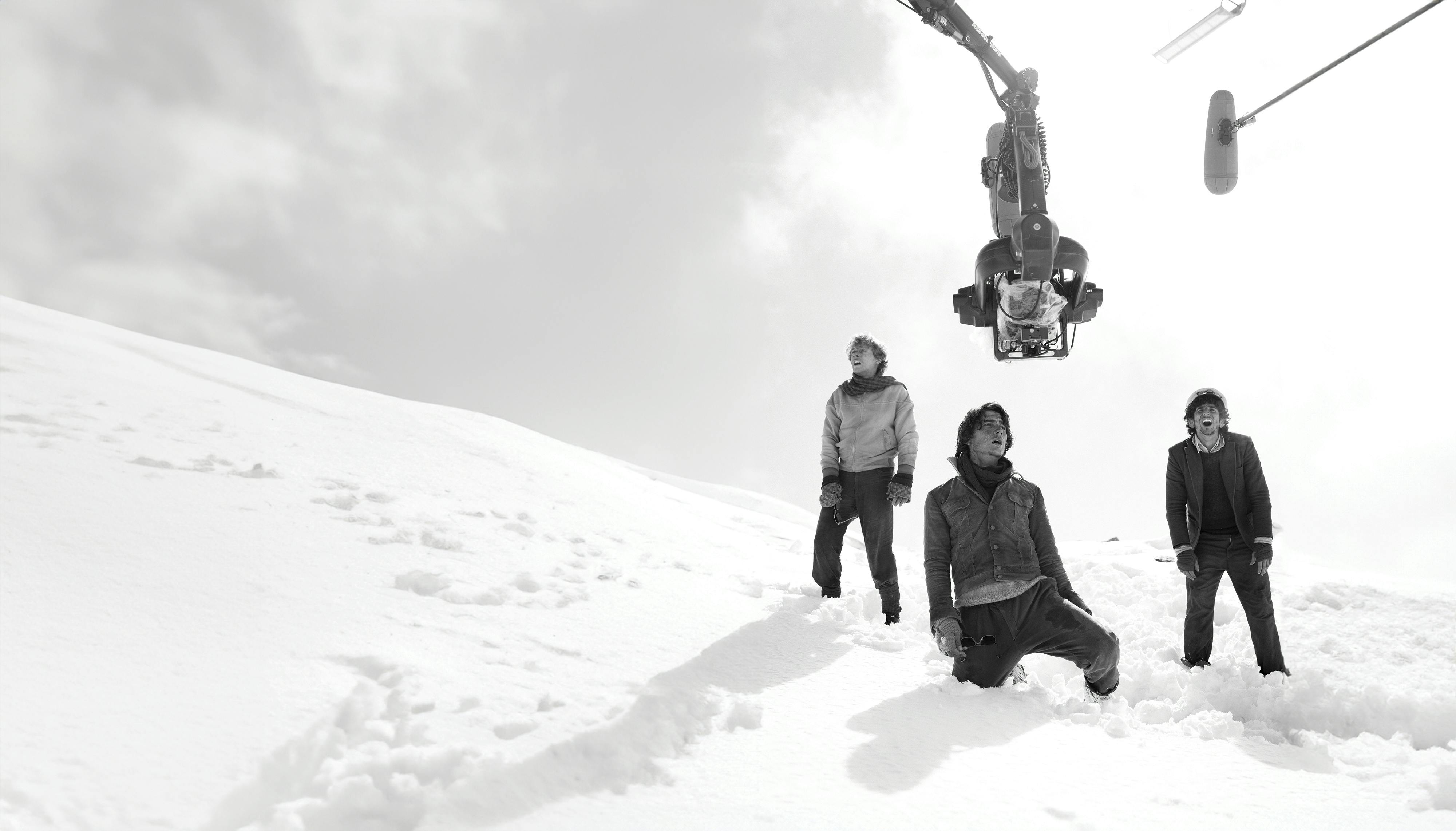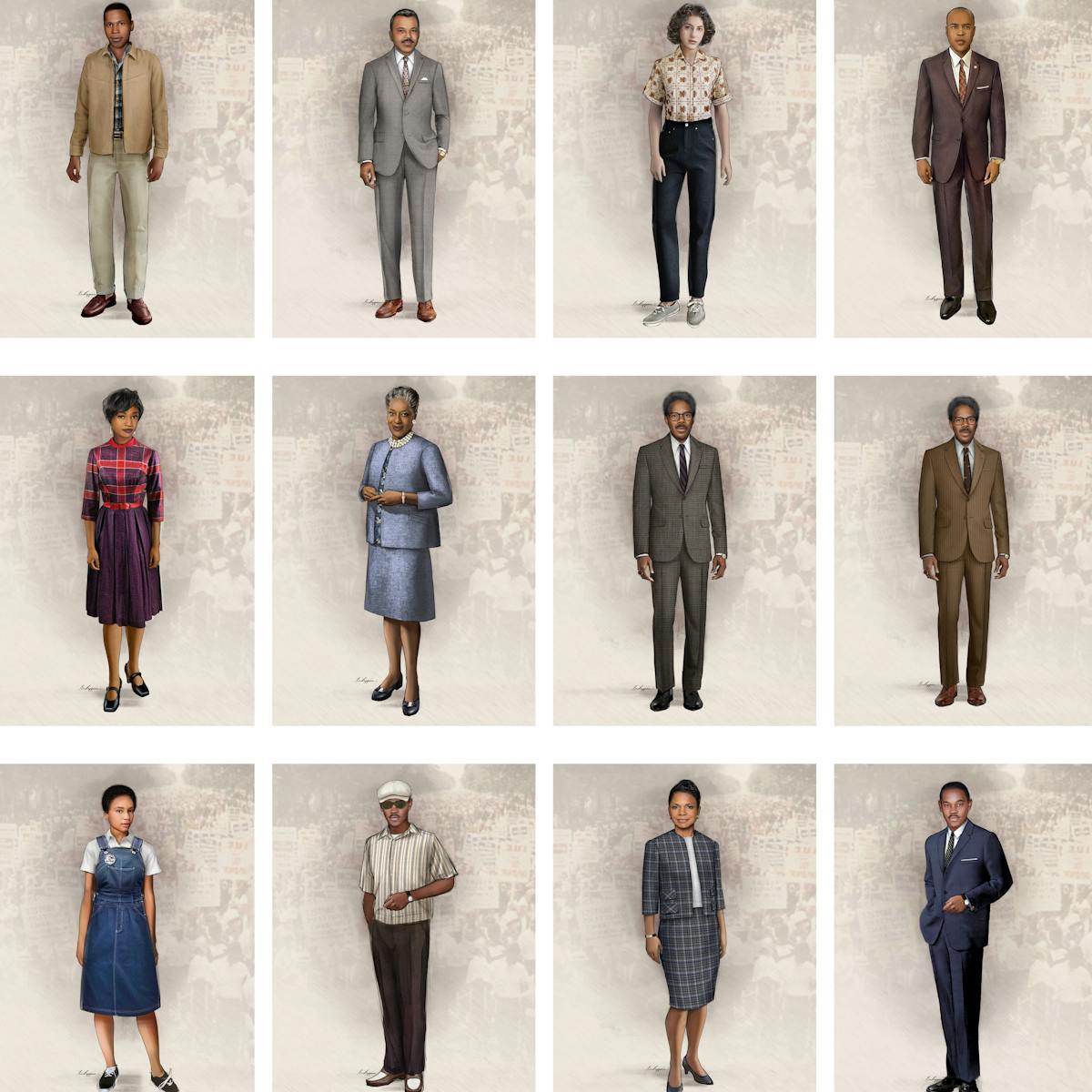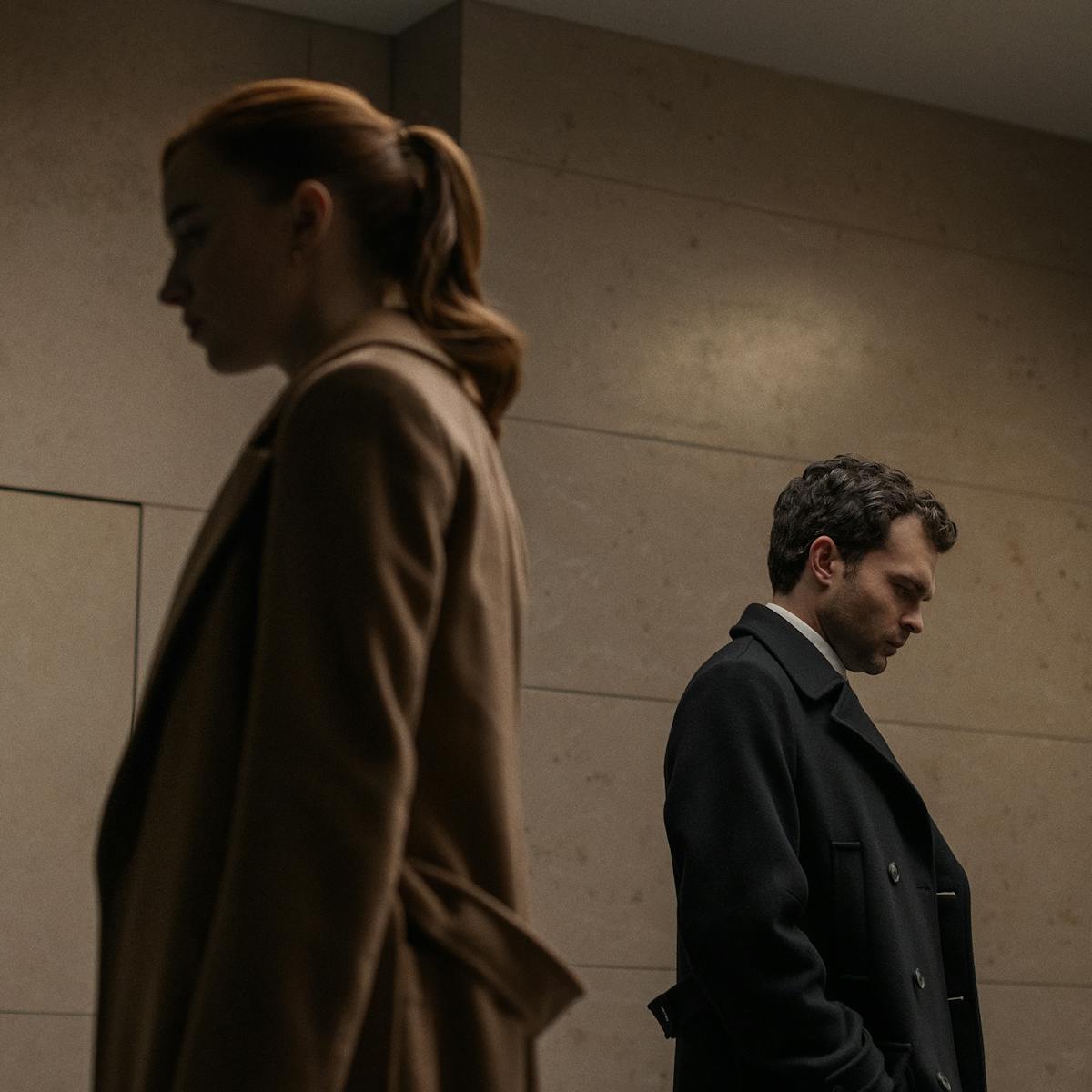J.A. Bayona and star Enzo Vogrincic discuss Society of the Snow, their story of survival.
On October 13, 1972, Uruguayan Air Force Flight 571, carrying the Old Christians Club rugby team to Chile, crashed in the Andes mountain range. Of 45 passengers, 29 survived the impact before being trapped, at the mercy of nature, in a white hell that led them to resort to the unthinkable to survive. On December 23, 1972 — 72 days later — the last of the 16 survivors was rescued.
This story shocked the entire world and has marked Uruguayan society for generations, inspiring several documentaries, books, and films, and capturing the attention of filmmakers. In 2010, while filming disaster-epic The Impossible, J.A. Bayona (The Orphanage, A Monster Calls) became fascinated by Pablo Vierci’s book about Flight 571, Society of the Snow. The director used Vierci’s book about the crash and its survivors — in which the events are retold from the perspectives of the survivors themselves — as an indispensable aid. “When I read Society of the Snow, it helped me a lot to understand the characters in The Impossible,” he recalls. “I read texts from the Andes survivors to the actors: to Naomi Watts, to Tom Holland.” At the end of filming, Bayona bought the rights to Vierci’s book, embarking on a decade-long adventure to “decipher what had not yet been told” and translate it into his own version.
At the same time, Enzo Vogrincic, a Uruguayan actor who plays one of the young people from Flight 571, Numa Turcatti, had developed his own childhood captivation with the story after one of the survivors, Gustavo Zerbino, visited his school to give a talk. Bayona consulted directly with survivors through the process of making the film. Though he landed on Vogrincic’s character, Numa, to act as narrator in the film, Bayona felt clear, from his discussions with survivors, that Society of the Snow could not be told from a singular perspective. “I didn’t want a story with protagonists. What was created there was a group where no one was more than anyone else,” says the director. “Bayona could have focused on any of them and it would be an equally powerful film,” adds Vogrincic.

The Society of the Snow set
From the beginning, Bayona knew that the friendship between the survivors had to be the foundation for the film. The process of recreating that feeling of community between the actors began in preproduction. The casting lasted six months, the rehearsals seven weeks, and, later, they spent 140 days filming in Sierra Nevada, a mountain resort in Granada, Spain, reconstructing the story chronologically. “We really became friends,” Vogrincic says. “What happened in history occurred in a mirrored way in ourselves.”
The real-life survivors were involved in the production from the beginning and created their own bonds with the actors, helping them shape their characters and relationships and uncover information that was not found in the pages of the book or the script. “To know them is to humanize them,” says Vogrincic. “They still feel like 18 or 19 years old; they still relate to each other in the same way.”
It draws you in from such a powerful place that it changes your perspective on everything.
Enzo Vogrincic
The production of Society of the Snow spanned a much longer period than would usually be expected for a film shoot. “If a film normally shoots 50 hours of material, we shot 600 hours, more than 10 times more,” Bayona reveals. Some 65 hours of voice-over recording and additional dialogue were also captured, due to the changing nature of the script and the improvisation that structured the filming: “There was not a day where we did not do something that was unplanned,” says Vogrincic. An extensive editing phase followed, in which the story continued to evolve with a life of its own.
Bayona’s goal was to craft an immersive experience for the audience, down to the smallest detail. To do this, the crew filmed in actual snow, reproducing the conditions while ensuring it was safe for everyone involved. Even the studio where the interiors of the plane were filmed was built in the high mountains, recreating the dimensions of the fuselage to the millimeter so that the cast (and the viewer) could feel the claustrophobia in a shocking central scene where an avalanche leaves the survivors buried for several days. Bayona wanted to get closer, literally and figuratively, to the survivors, which is why the detailed plans were essential. “We got to film with special optics that allowed us to have the camera just a few centimeters away from the actors’ faces,” says the director.

Enzo Vogrincic and J.A. Bayona
Coping with the cannibalism in the film was particularly difficult for Vogrincic. As anyone familiar with the story will know, the survivors had to feed on the bodies of their deceased companions to stay alive. Vogrincic had been vegan for four years when he became involved in the project, but returned to eating meat on the advice of nutritionists. “I started thinking about Numa and understood the need to break what you believe in pursuit of something,” he says.
Bayona wanted to dismantle the vision of this piece of history that is centered on cannibalism, thus avoiding sensationalism. “I was more interested in the concept of dignity,” he notes. “There was a transgressive idea in Vierci’s story, putting the emphasis not so much on the one who eats the body of a friend, but on the friend who gives his body so that his companion can live.” Starting with that idea of fraternal generosity, Bayona reconfigured the most rugged part of the story to present it from the deepest humanity, as “a spiritual surrender, an act of love.”
And in that act of love lies the essence of Society of the Snow. The greatest constant, both in the film and in Bayona’s fascinating journey behind the cameras, is the search for truth through experience. Putting oneself in someone else’s shoes to understand their decisions in extreme situations. Reevaluating oneself by looking through eyes that are not one’s own. Feeling fear, despair, and anguish, but also camaraderie, empathy, and sacrifice. “It draws you in from such a powerful place that it changes your perspective on everything. Suddenly it stops being a story and becomes something real,” says Vogrincic of Society of the Snow. Facing the impossible to make it possible.




